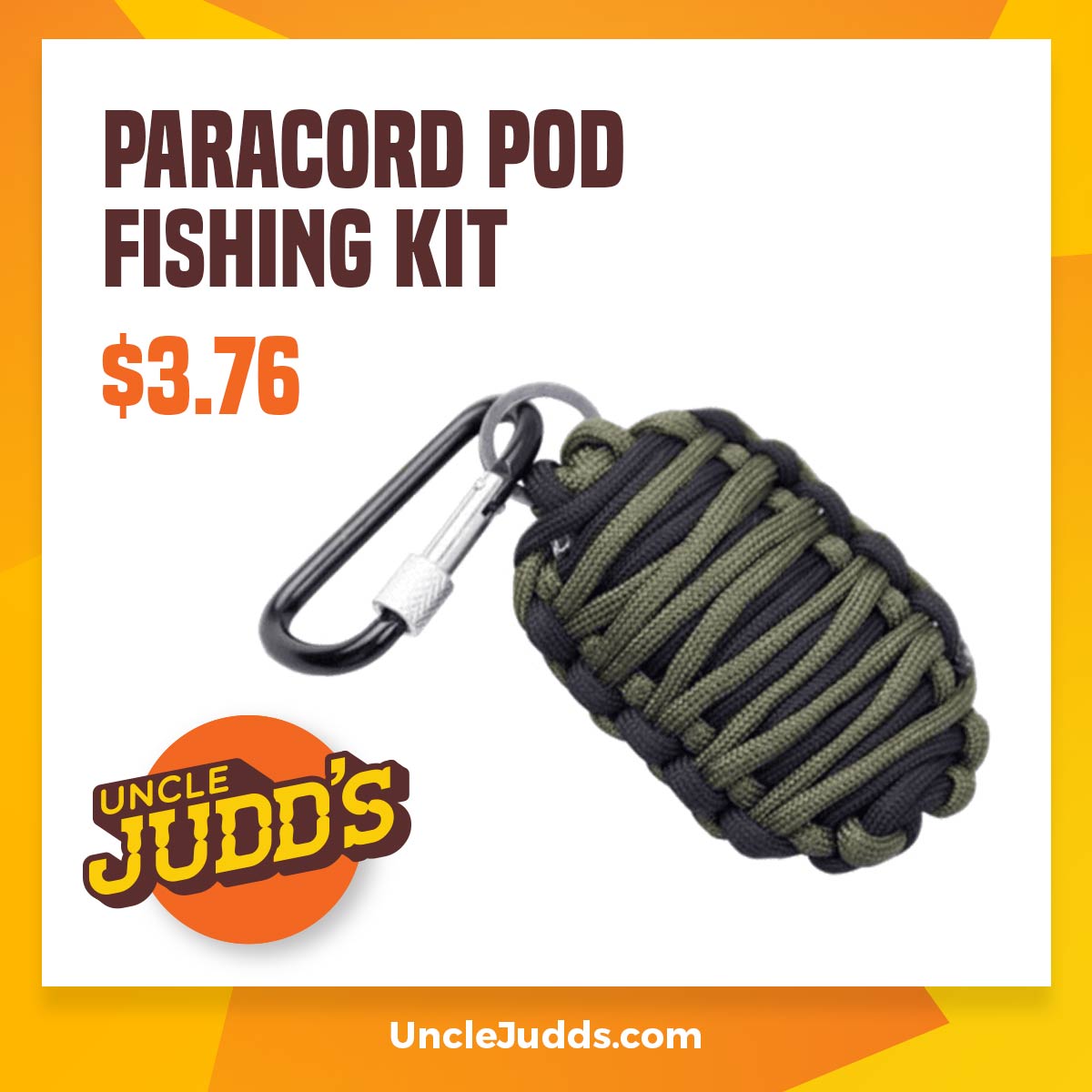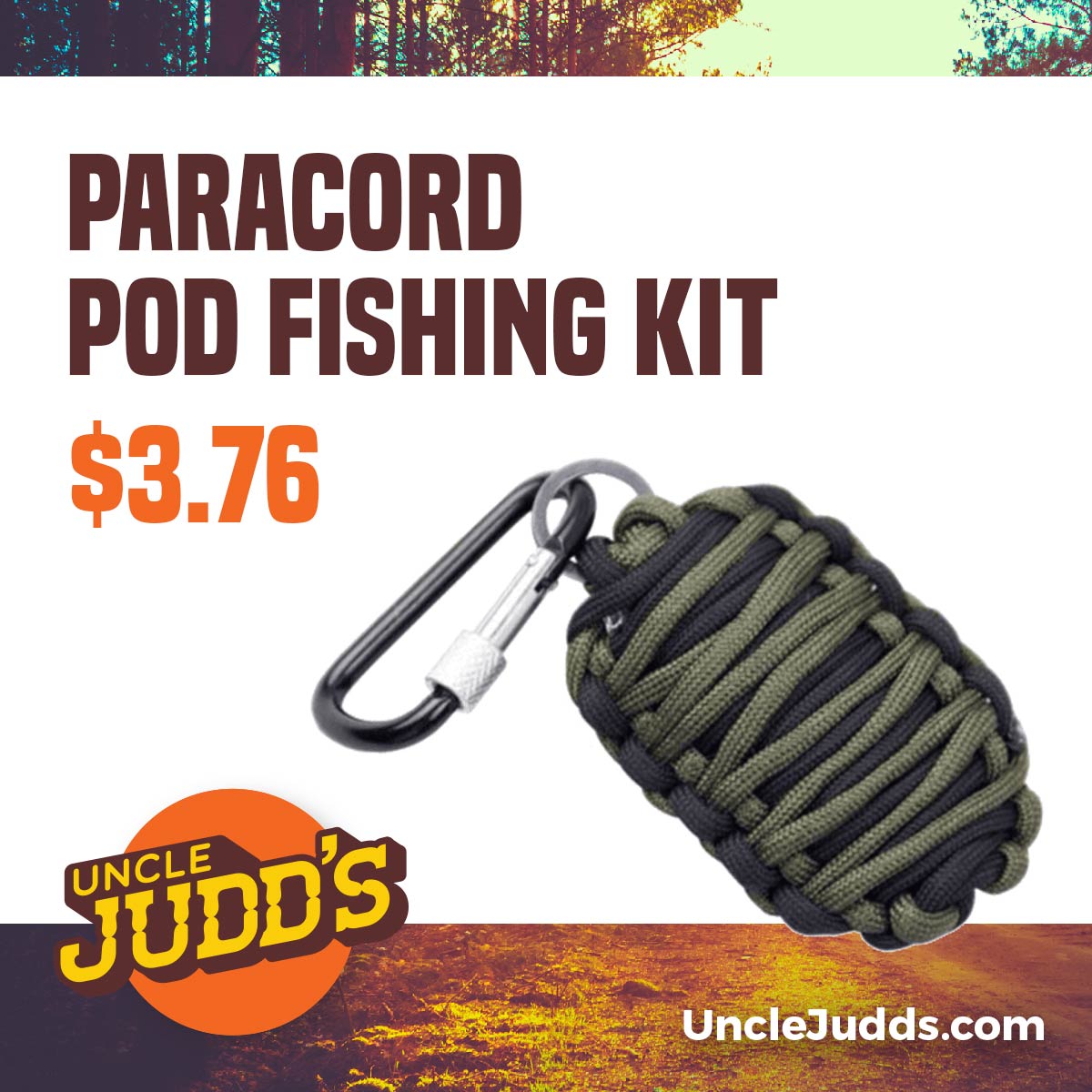Survival Skills
How To Have Potable Water Anywhere | Emergency Preparedness
Published
3 years agoon
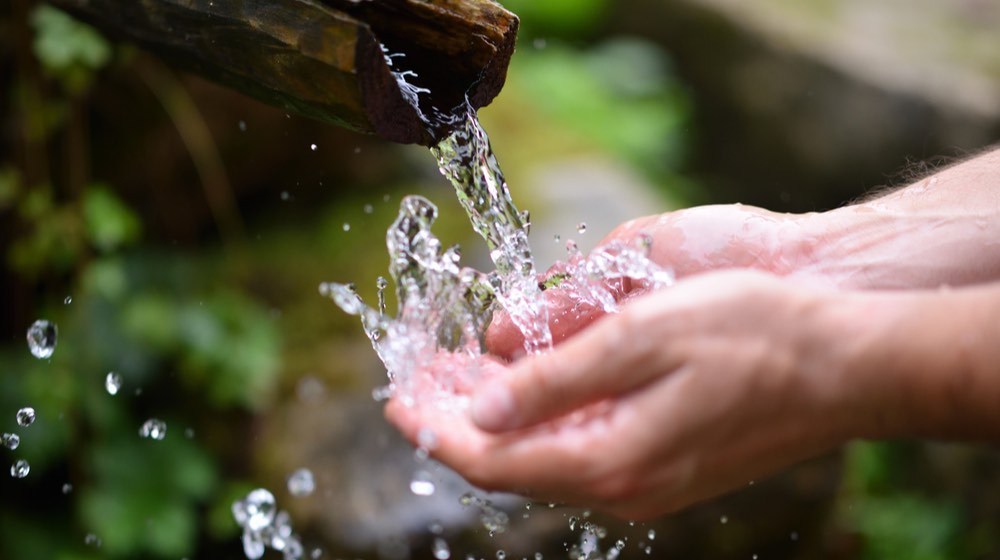
Knowing where to find potable water may just be your ticket to survival in the great outdoors. The nature of emergencies is exactly that: we never know it until we’re in one.
This is why it’s crucial that we stock up on life skills, so we can come in prepared in the face of unexpected moments.
In this article:
- Why You Should Never Lose Sight of Potable Water
- Potable Water vs Non-Potable Water
- Find Your Source of Water
- How to Make Your Own Potable Water
RELATED: 5 Emergency Water Storage Tips For Preppers Like You
Potable Water | Life-Saving Techniques You Need to Know
— This post is courtesy of the Survival Life shared with permission —
Why You Should Never Lose Sight of Potable Water
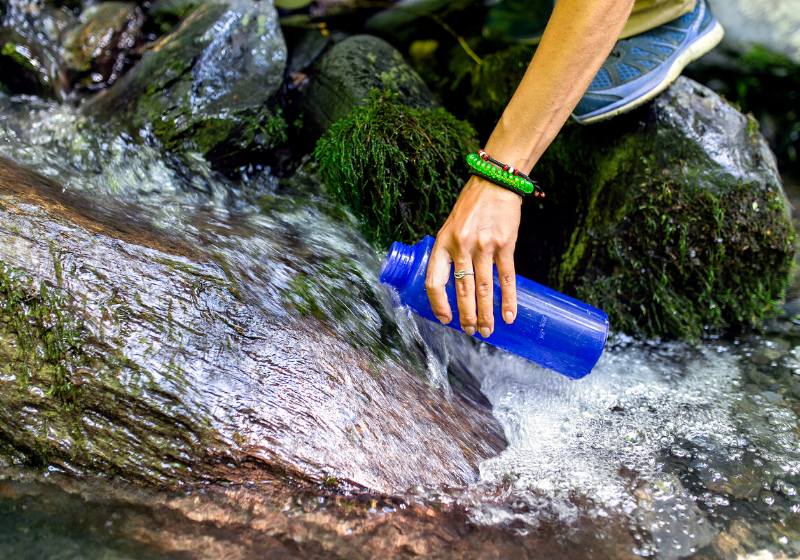
When camping or on a simple outdoor trip, potable water is a must-have on your survival checklist. While the human body can withstand not drinking water for around three days, the days that follow can be critical.
Dehydration will kick in and can start affecting your memory, motor skills, and alertness. That alone lowers your chances of survival and can usher you into a life or death situation.
Now, you may be asking: How can I find potable water near me? There are several tried and tested ways specially selected for those who venture the great outdoors like hikers and campers.
But before we jump into that, you first need to know the difference between potable and non-potable water. Having this knowledge will make finding water to drink so much easier for you.
Potable Water vs Non-Potable Water
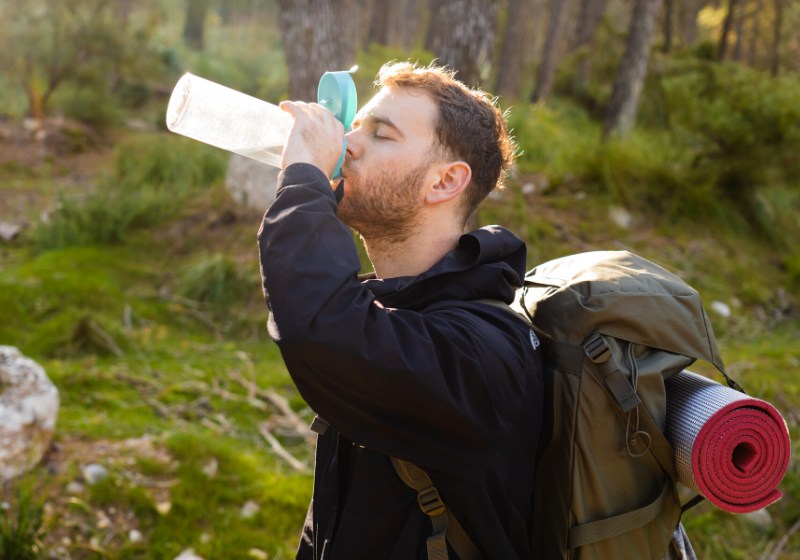
The clearest difference between potable water and non-potable water is whether they are fit for human consumption and use. In the urban setting, that’s easier to distinguish.
Potable water is safe and is available through our faucets and can be bought easily in stores. Non-potable water, on the other hand, is usually out of sight and kept far away from people.
But in the great outdoors, knowing the difference can come in a little trickier. To take care of ourselves and our health, we need to be careful before we consume anything.
Find Your Source of Water
The golden rule when drinking water you did not bring with you is to always treat it as if it’s non-potable water. While it can be more difficult, it significantly lessens the possibility of encountering the adverse effects of drinking water that is not fit for human consumption.
Successfully securing water depends on your level of preparedness and the resources you have. Here are some tips and tricks on how you can find a water source out in the open.
1. Catch Rainwater
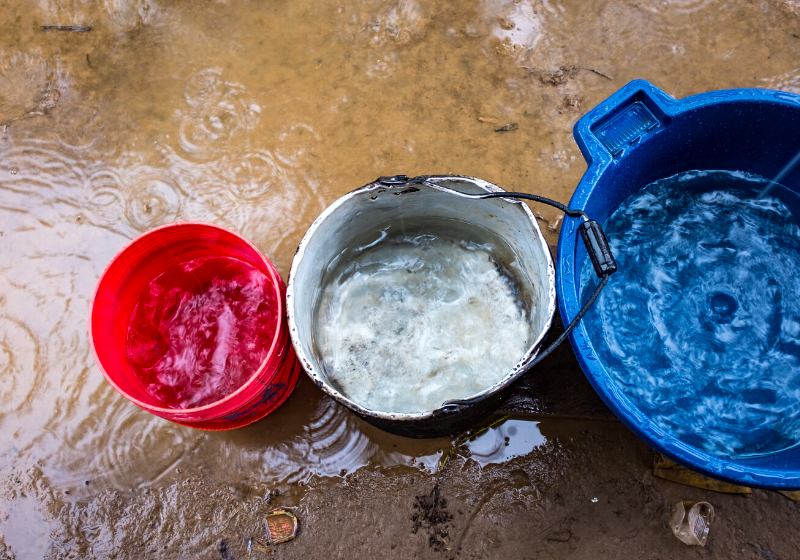
While there are more elaborate ways to harvest rainwater, we need to be a little more creative when outdoors. If you have a basin with you or any clean container that you can use to gather rainwater, make use of those and take advantage of any rainfall.
Another resourceful option you can take is tying up all four ends of a poncho or a similar material to trees to form some sort of water bag, so you can cover more area as you catch rainwater.
2. Collect Water From Your Surroundings
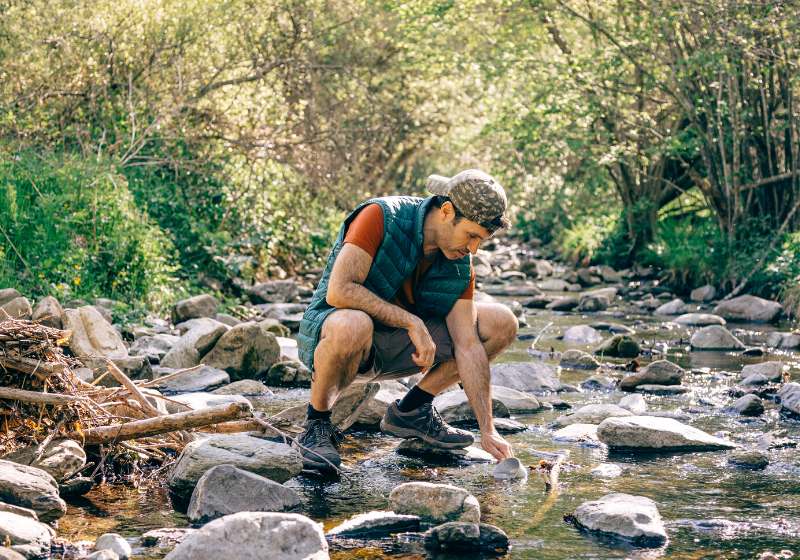
If you are close to bodies of water such as streams, rivers, and lakes, you can easily collect water from those and follow through on our next steps to make them drinkable.
If you have knowledge on how to collect water from trees and plants, you can also put that skill to good use by harvesting water from existing flora around you. Collecting dew drops is also an option you can take.
It may be more time-consuming, but a little help can go a long way.
3. Dig a Well
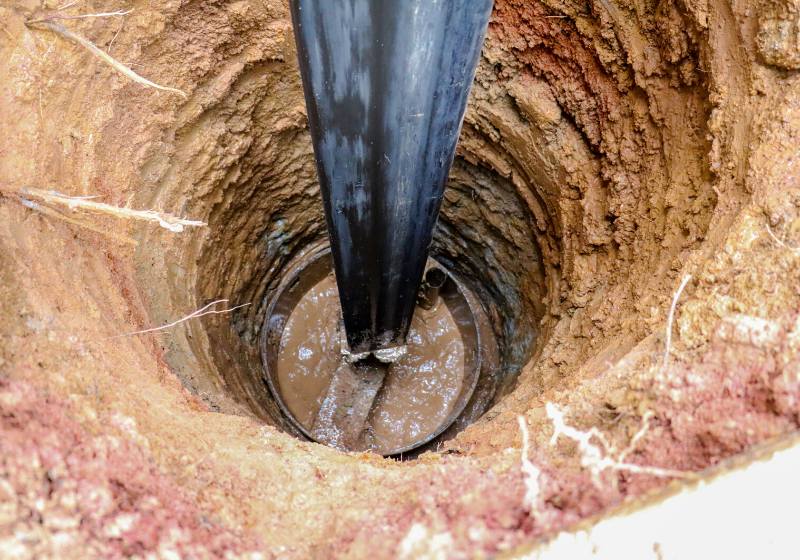
This can be a little more complicated than the first two, but we still included it here just in case you have no other choice but to put in the hard work and dig up a well for yourself.
If you happen to find a muddy area, chances are, there could be groundwater. Try digging about a foot deep and see if any water would come out.
TIME SENSITIVE INFORMATION: EX-CIA Agent Takes You Through The Intensive Sharp Shooter Training He Learned In The CIA Academy. In Just 30 Days Learn To Be A Sharp Shooter Like Every Agent Leaving The Academy.
How to Make Your Own Potable Water
Clean the Water You Collected
The two important steps to ensure that your water is drinkable are filtration and purification.
RELATED: Outdoor Survival Water Filtration Techniques
Filtration
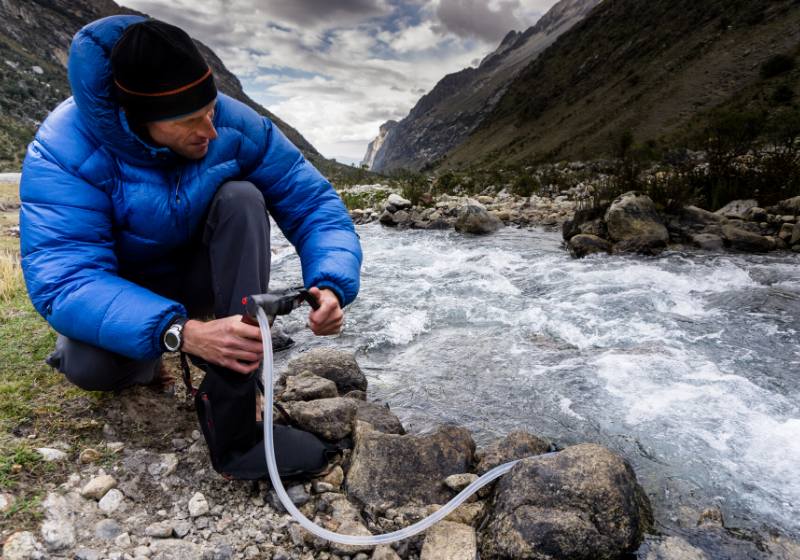
Ideally, you have included a water filter in your camping checklist. If not, you can use a clean cloth to filter out debris and other small particles.
Purification
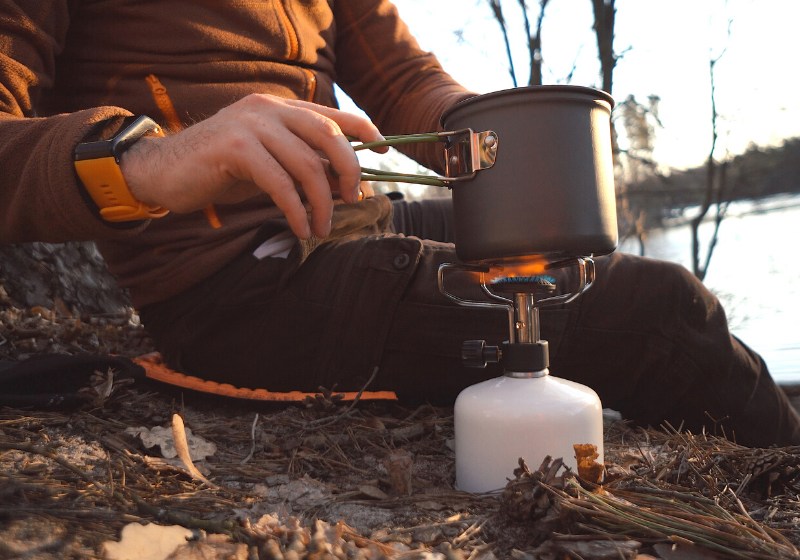
There are many surefire ways to make sure that your non-potable water becomes drinkable through water purification.
- One option is the use of chlorine drops which come very cheap, are easy to find, and are incredibly portable.

- Alternatively, people also use iodine, which you can buy in the form of tablets, crystals, and solutions. Both just have an aftertaste which you may not like, so if you’re particular about that, perhaps consider other options.

- Using ultraviolet light is also another choice people are increasingly using. Unlike chlorine and iodine, this will not alter the water’s taste. A drawback however is how battery-dependent it is and could be the least reliable among all the mentioned options considering the possibility of it breaking while you’re on your trip. Moreover, it cannot penetrate through solid particles, so you really need to make sure you filter your water well before using this.

- If these options are not available, another tried and tested way to make sure the water you will consume is safe is by boiling it. A good three minutes of boiling your collected water can kill viruses and bacteria. A downside however is that boiling doesn’t guarantee that chemicals such as pesticides can be eliminated. You can take this option if this is a risk you are willing to make.
Want to see the full article?
Click here to read the full article on Survival Life.
When it comes to the great outdoors, we’ll never be one hundred percent sure of what we’re getting. This is why continuously learning hacks like this is useful. We’ll never know—these skills might even save our life one day.
Do you have any other ideas or techniques on how to have potable water anywhere? Share them with us in the comments section below!
Do you have any other ideas on how to have potable water anywhere? Please share with us your survival tips and tricks in the comments section below.
Up Next:
- How To Make A DIY Water Filtration System In 5 Easy Steps
- [Infographic] Crucial To Survival: How To Make Drinkable Water
- Thinking Of Doing Some Indoor Rock Climbing? Remember These Fundamentals
Don’t forget to stay connected with us on Facebook, Twitter, and Instagram!
You may like

How To Build A Debris Hut

Ironman Triathlon Podcast: What You Need To Know As An Aspiring Ironman

Awesome Family Camping Tips For Beginners

Hiking Safety Tips: What To Do When You Have Knee Pain On Trail? [PODCAST]

How To Craft Sharp Stone Tools To Survive The Great Outdoors

Mountain Bikers, Why You Don’t Want to Ride Like a Pro!

Hiking Boot Accessories
The Handgun Safety Test For Beginners
These Hunting Shotguns Are The Best Bang For Your Buck
11 Types of Guns That Will Keep You Alive On Doomsday
Best ATV Tires – The Top 6 Lightest Mud Tires
Arizona Hunting Laws and Regulations

The Top 5 Hunting Guns You’ll Ever Need For A Wilderness Walk-out

Hunting And Conservation Discussion | Call Of The Outdoors Podcast [LISTEN]
The Handgun Safety Test For Beginners
These Hunting Shotguns Are The Best Bang For Your Buck
11 Types of Guns That Will Keep You Alive On Doomsday
Best ATV Tires – The Top 6 Lightest Mud Tires
Arizona Hunting Laws and Regulations

The Top 5 Hunting Guns You’ll Ever Need For A Wilderness Walk-out



